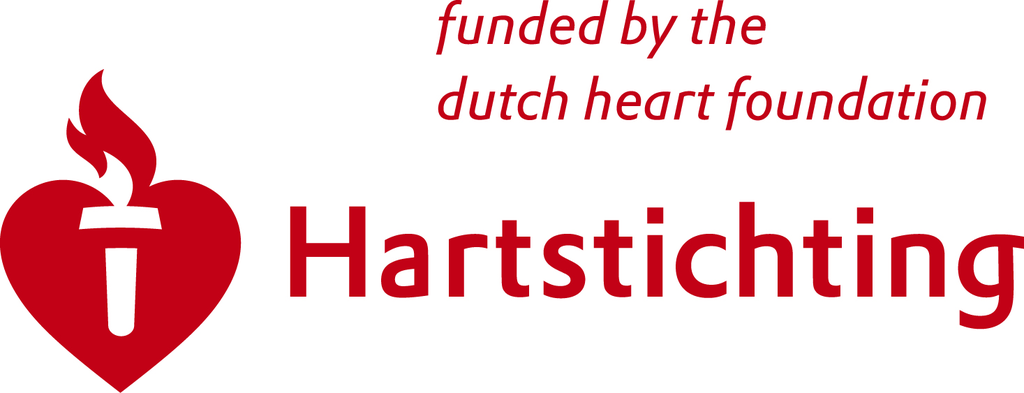Unraveling the role of the gut microbiota in immune senescence and ageing in population-based cohorts
The aim of this sub work-package is to identify the microbial species and bacterial pathways associated with signature of immunogical ageing, cellular senescence and cardiometaboic risk in human population cohorts. To do so, we will make use several human cohorts, including LifeLines-DEEP, LifeLines-DAG3, 500FG and 300-Obese cohorts (Fig).
We have three specific objectives:
Objective 1: To identify immune senescence markers of ageing
Objective 2: To identify the effect of the gut microbiome on immune senescence
Objective 3: To identify the diet-gut microbiome-immune senescence interaction in CVD

Selected publications:
1. Kurilshikov A, et al. (2019) Gut Microbial Associations to Plasma Metabolites Linked to Cardiovascular Phenotypes and Risk: A Cross-Sectional Study. Cir Res doi: 10.1161/CIRCRESAHA.118.314642.
2. Serena Sanna, et al. (2019) Causal relationships among the gut microbiome, short-chain fatty acids and metabolic diseases. Nat Genet. 51(4):600-605.
3. Zhernakova et al. (2018) Individual variations in cardiovascular-disease-related protein levels are driven by genetics and gut microbiome. Nat Genet. 1524-1532.
4. Schirmer M et al. (2016) Linking the Human Gut Microbiome to Inflammatory Cytokine Production Capacity. Cell.167(4):1125-1136.e8.
5. Zhernakova et al. (2016) Population-based metagenomics analysis reveals markers for gut microbiome composition and diversity. Science;352(6285):565-9.
6. Bonder et al. (2016) The effect of host genetics on the gut microbiome. Nat Genet. 48(11):1407-1412.
7. Fu et al (2015) The Gut Microbiome Contributes to a Substantial Proportion of the Variation in Blood Lipids. Circ Res.117(9):817-24






